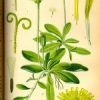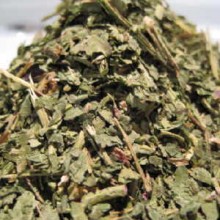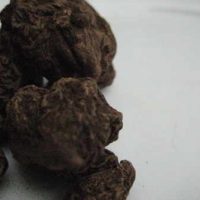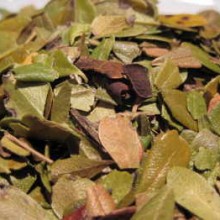Mouse Ear Herb (Hieracium Pilosella officinarum) has an ancient reputation as a remedy for a number of common ills. It is a very common plant on sunny banks and walls, and in dry pastures. It spreads by runnerslike the strawberry. It has bright lemon-coloured flowers. They open daily in the morning and close in the early afternoon. The plant is in bloom from May to September.
It is also known as Felon Herb, Hawkweed or Pilosella
Traditional Uses of Mouse Ear Herb:-
A tea brewed from its small hairy oblong leaves-like a mouse’s ears-reputedly cures liver ailments, intestinal inflammations, and diarrhoea, but it was once also recommended for asthma and other respiratory troubles. In addition, mouse-ear figured in herbal medicine as a fever-reducing agent, and a powder made from mouse-ear was used to stem nosebleeds.
Mouse-ear relaxes the muscles of the bronchial tubes, stimulates the cough reflex, and reduces the production of mucus. This combination of actions makes the herb effective against all manner of respiratory problems, including asthma and wheezing, whooping cough, bronchitis, and other chronic and congested coughs.
Mouse-ear’s astringency and its diuretic action also help to counter the production of mucus, sometimes throughout the respiratory system. The herb is used to control heavy menstrual bleeding and to ease the coughing up of blood. Mouse-ear may be applied as a poultice to hasten the healing of wounds if appled topically.
A tea brewed from the whole herb is used both internally and externally, and may be used as a gargle and skin wash, or lotion.











